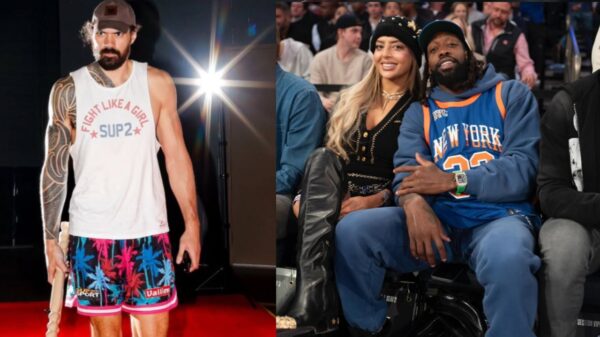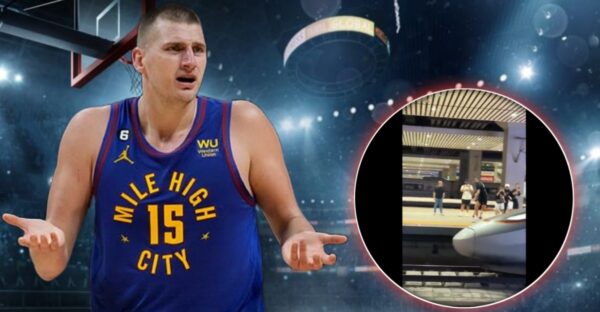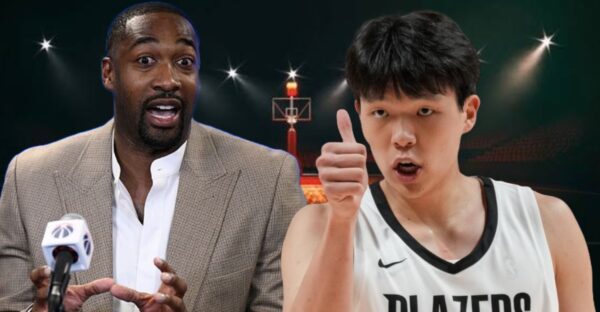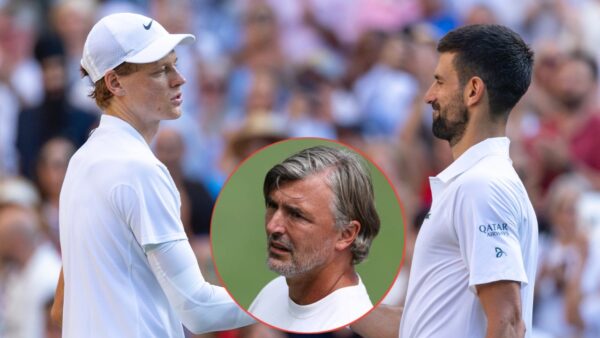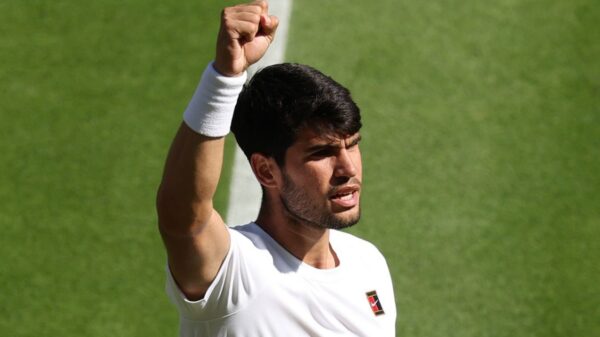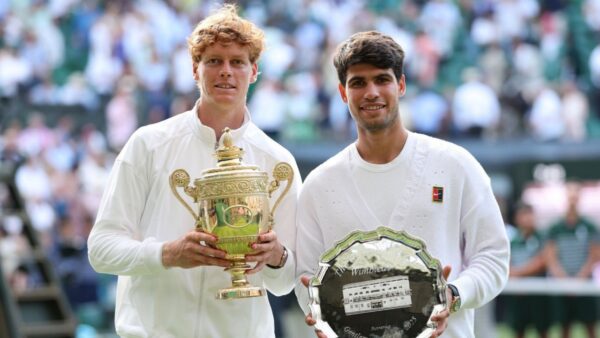India at the Olympics: Beijing 2008

image 3
🔍 Explore this post with:

The Athens Olympics may not have been highly successful for India, but they did bring a number of youngsters to the forefront. This was not apparent during the buildup of the Games however. The main focus was on the men’s hockey team’s failure to qualify for the Olympics for the first time in history. India is the most successful nation in Olympic hockey. That India would not even have a team at the Games sent shockwaves across the Indian sporting fraternity.
The expectations from the rest of the Indian contingent were muted in the light of the hockey disappointment. This low-key buildup would actually come to the benefit of Indian athletes. This was even as neighbouring country China was ready to display it’s new found economic might to the world.
China shows it’s growing clout
From the extravagant opening ceremony to the number of gold medals won by the country, the Chinese organisers pulled out all stops to showcase China’s soft power. For the first time in Olympic history, China finished on top of the medal table, with 48 golds compared to USA’s 36. These Games are however best remembered for two athletes, Michael Phelps and Usain Bolt. With a total of 8 golds, swimmer Phelps went one better than at Athens, beating Mark Spitz’s record of 7 golds to become the athlete with the most golds at a single Games. Jamaican sprinter Usain Bolt beat the likes of Tyson Gay and Asafa Powell on his way to gold in both the 100m and 200m sprints. What’s more, he set world records in both races, finishing with a timing of 9.69 seconds in 100m and 19.3 seconds in 200m. He firmly cemented his position as ‘the world’s fastest man’ and a phenomenon.
A look at India
Pre-Games expectations:
56 athletes from 12 sports represented India. As mentioned earlier, there wasn’t much press enthusiasm at the beginning. Still shooters like Rajyavardhan Singh Rathore, Samaresh Jung and 2006 World Champion Abhinav Bindra were touted as medal hopes, as were tennis players Paes-Bhupathi and Sania Mirza.
The flagbearer:
Double trap shooter Rajyavardhan Singh Rathore, the only Indian medallist from the previous Olympics was the flagbearer.
Notable debuts:
 Gopichand and Saina/PC: Firstpost
Gopichand and Saina/PC: Firstpost
Saina Nehwal, then 18, made her Olympic debut at Beijing, and immediately made an impact. She became the first Indian badminton player to reach the Olympic quarterfinals after beating Asian Champion Wang Chen. She finally lost to eventual bronze medallist Yulianti in a close quarterfinals match.
Saina’s almost-namesake Sania Mirza also made her debut here, though did not do as well as Saina. She crashed out in the first round of Women’s Singles tennis and lost in the second round in Women’s Doubles with her partner Sunitha Rao.
Medallists:

In the Indian context, no mention of Beijing 2008 is complete without the mention of Abhinav Bindra. On 11th August 2008, Bindra became the first Indian to win an individual Olympic gold, which was also the nation’s ninth Olympic gold overall, and the first gold since 1980. In the Men’s 10m Air Rifle event, Bindra qualified 4th overall with a score of 596. He however put up a brilliant final round of 104.5 to win gold with an overall score of 700.5, finishing ahead of the top 2 qualifiers Zhu Qinan of China and Henri Hakkinen of Finland.
More good news was to follow on August 20th. Boxer Vijender Singh won his quarterfinal bout in the 75kg Middleweight category, thus ensuring at least a bronze, and becoming the first Indian boxer to win an Olympic medal. On the same day, wrestler Sushil Kumar won bronze after winning three consecutive bouts in the repechage round of the Men’s Freestyle 66kg category. He became only the second Indian wrestler after Khashaba Jadhav to win an Olympic medal. Though Vijender lost his semifinal bout and had to settle for bronze, both he and Sushil became household names as India finally discovered it’s dormant sporting potential.
Disappointments:
Paes-Bhupathi continued their medal-less run at the Olympics, though they could say they lost to eventual gold medallists Federer-Wavrinka.
Shooters Rajyavardhan Rathore and 2006 Commonwealth Games hero Samaresh Jung put up disastrous qualification scores.
Archer Mangal Singh Champia was seeded 2nd after the ranking round but could not make it past the Round of 32, while long-jumper Anju Bobby George could not post a single legitimate jump.
Creditable performances by Indians:
Boxer Akhil Kumar could not match Vijender’s heroics as he crashed out in the quarterfinals, though he did beat reigning bantamweight World Champion Sergey Vodopyanov in the Round of 16. Jitender Kumar also made it to the quarters in the flyweight category. Shooter Gagan Narang was unlucky to not be able to join Bindra in the Men’s 10m AR finals as he finished 9th after a countback.
In a nutshell:
With one gold and two bronzes, the Beijing Olympics were the most successful Games for India, beating the performance of Helsinki 1952. By the end of the Games, the lacklustre buildup of the beginning turned into one of joy and hope among Indian fans. The picture of Abhinav Bindra holding his gold medal on top of the podium has become an iconic image in Indian sporting history.
The performances of Saina Nehwal and Akhil Kumar showed Indians could compete with the best in the world. Only government and public encouragement was required. The momentum gained by Indian athletes in Beijing would continue into the 2010 Commonwealth Games and to London 2012.

